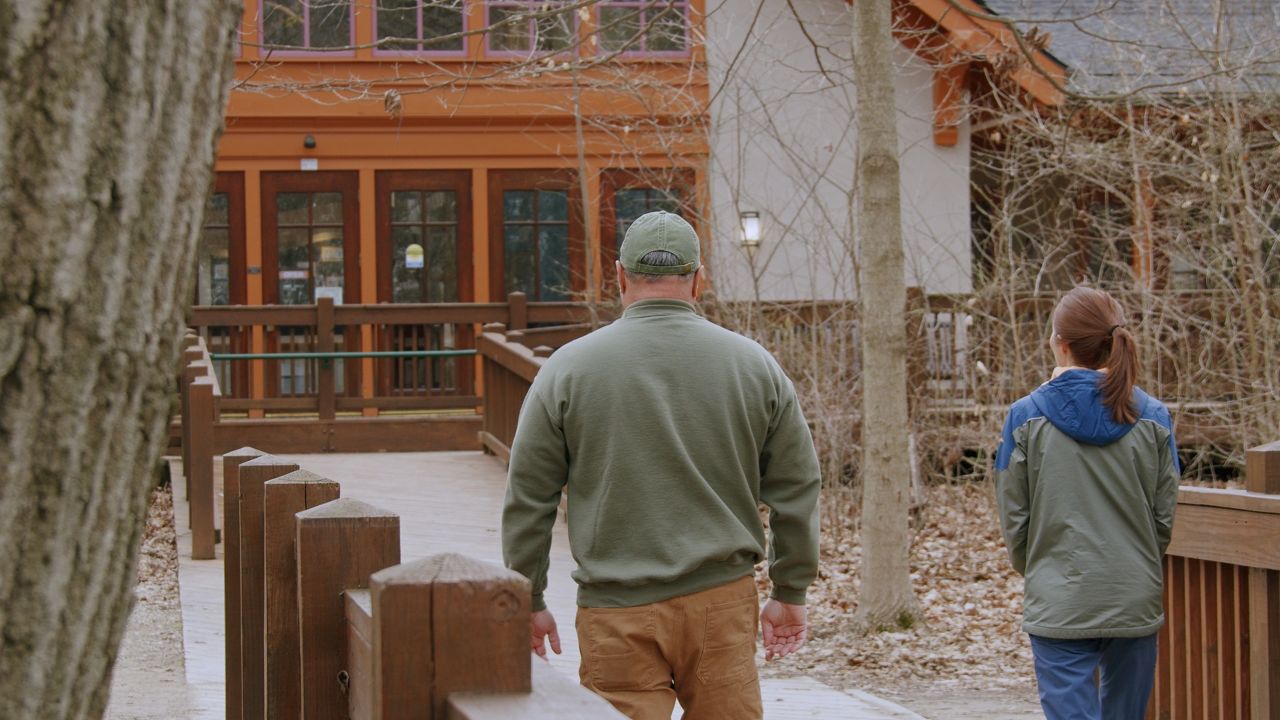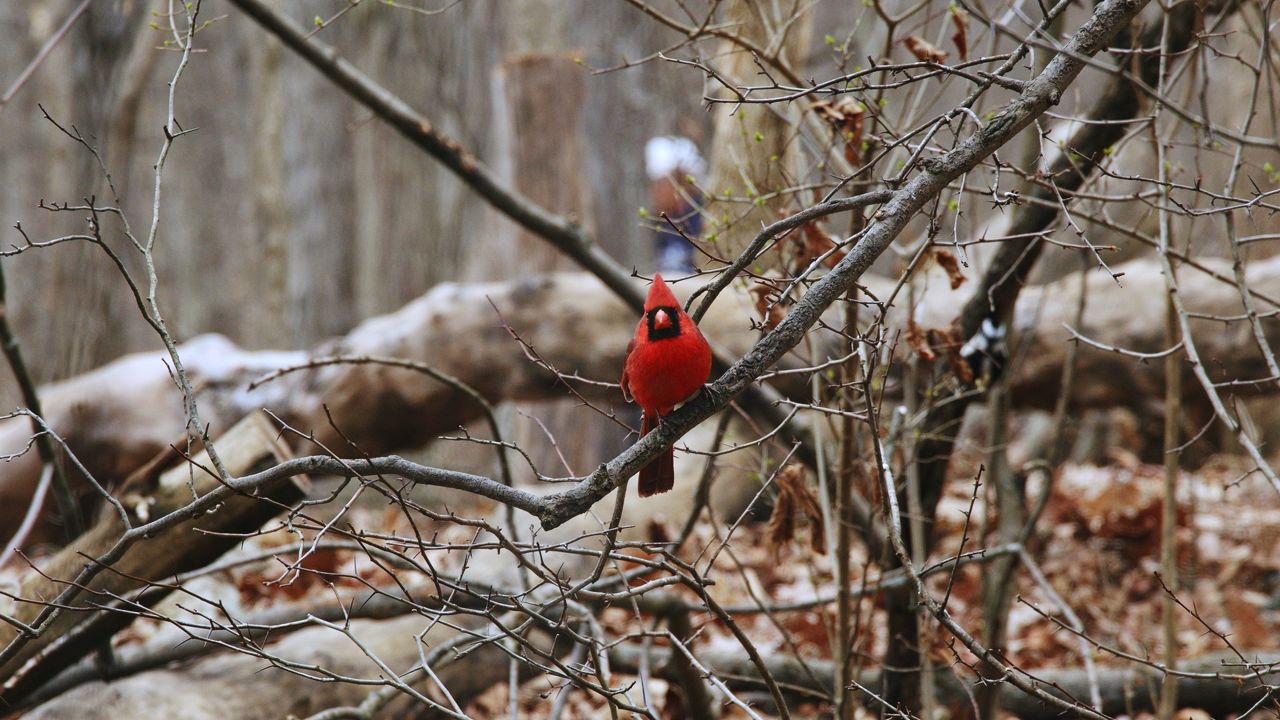COLUMBUS, Ohio — April is National Volunteer Month and there are plenty of volunteer opportunities in metro parks across Ohio.
What You Need To Know
- Highbanks Metropark is home to a number of native plants and animals
- Volunteers work year round to keep native plants alive and thriving
- The metro park continues to seek additional volunteers who can help Ohio’s wildlife
Tom Pauly started volunteering at Highbanks Metro Park, just north of Columbus, in 2019. First, he completed a volunteer orientation training. Now, he says he spends “probably about 30 hours a month” completing an array of tasks at the nature center and working with a team to clear invasive species from the park.
The invasive species crew gathers twice per week. The four- to five-member team are all retired, but don’t let that fool you, they’re doing some heavy work.

“We look for privet, honeysuckle, Japanese barberry… and multiple rose are kind of the big four in this park,” Pauly said. "
They’re trying to pull up as much of the root as possible.
“We’re trying to stop them from reburying so they don’t drop the seeds down and repopulate,” Pauly said.
Removing the invasive species helps keep Ohio native plants and wildlife alive and thriving.

When plants are removed, they’re piled along with other brush throughout the park. Those piles can’t be burned because they’re within a metro park, so they’re left behind. Animals like rabbits then use them for habitat huts.
Dave Potts is another volunteer working to clear invasive plants. He said the crew works year round, even during the winter.
“If it’s 30 degrees or better, we just bundle up and come out,” he said.
Potts said safety is important, so eye protection is a must. He also recommends a good pair of gloves.
“And then normally, even when the weather is hot, we’re going to wear long pants to keep the ticks off of us. Then most of the time, we wear a long-sleeve shirt, even when it’s 90 degrees out,” he said.
So far, the crew has cleared about 100 acres since they began in 2019. There’s still a long way to go, but each of them will tell you, it’s worth it.
“When you clear out this 2- to 4-inch tree from all this honeysuckle, you just liberated that tree. That tree now has a longer life expectancy than it had before,” said Pauly.

The invasive species crew doesn’t use any chemical products like weed killer. They also avoid power tools because they don’t want to disturb wildlife.
The invasive species crew welcomes you to join them. They’re actively seeking more help. For information about this opportunity and others within Columbus and Franklin Country Metro Parks, you can visit this website.



